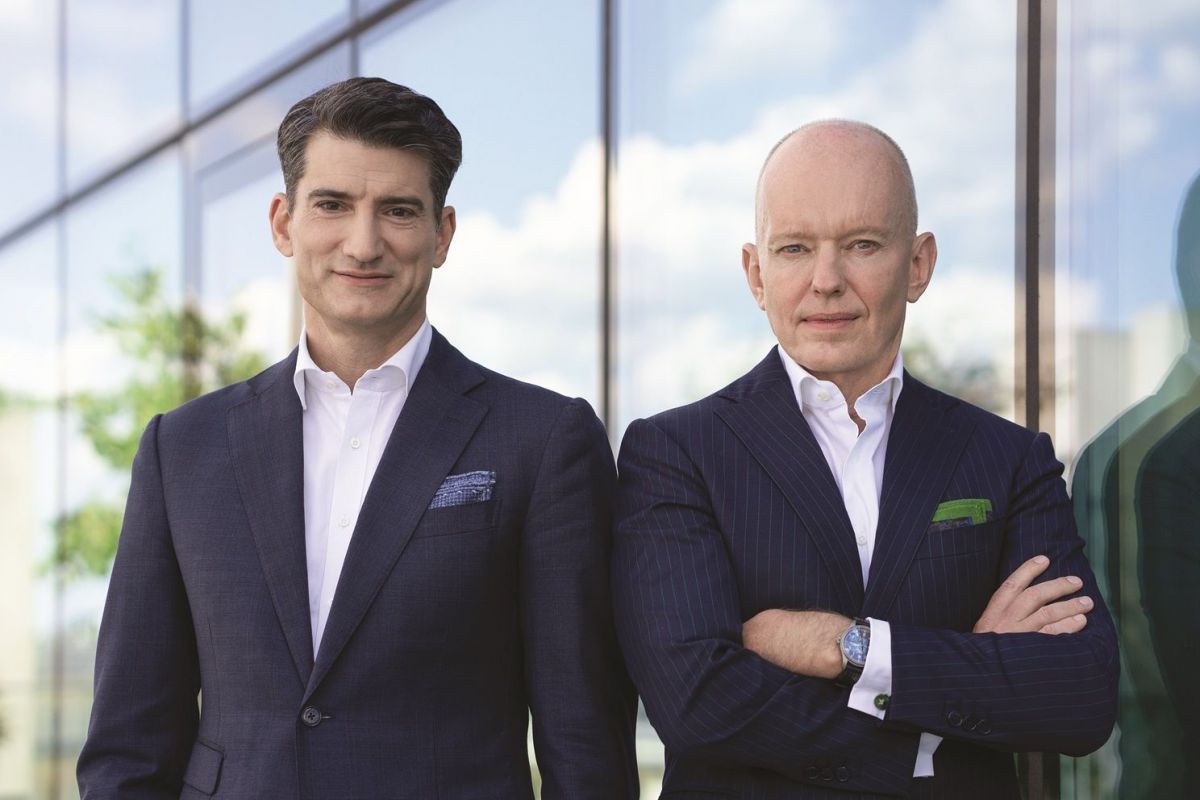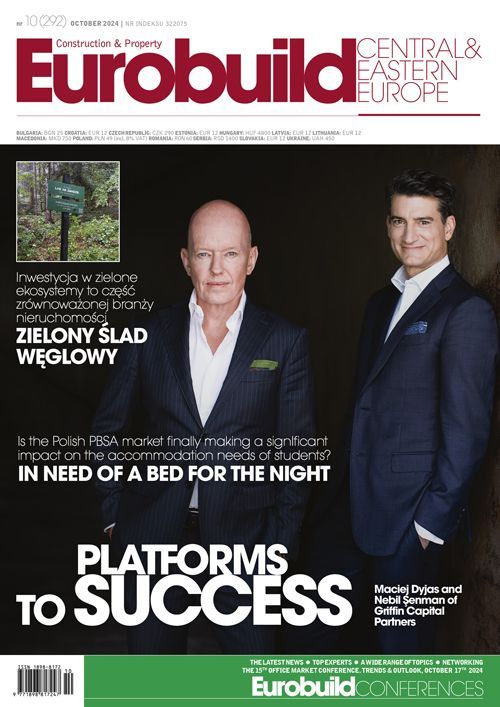To begin with, could we look at your private rental sector (PRS) platforms, Resi4Rent and the more recently established LifeSpot. What’s the difference between the two and how have they been performing?
Nebil Șenman, managing partner and co-owner of Griffin Capital Partners: We are pleased to share that both of our platforms have been performing exceptionally well in the market. Resi4Rent, the first of these, is the largest institutional rental operator and PRS developer in Poland in central city and district locations. In 2024, one in four apartments on the PRS market is part of the R4R portfolio. Over the past 5-6 years, we have scaled the platform with our investors to include 4,400 units in operation, 4,500 units under construction while half of them to be completed by the year-end 2024 and app. 1,900 apartments in the advanced permitting stage, set to come online within the next 18-24 months. We maintain consistently high occupancy levels, and our properties, in Poland&rs































































